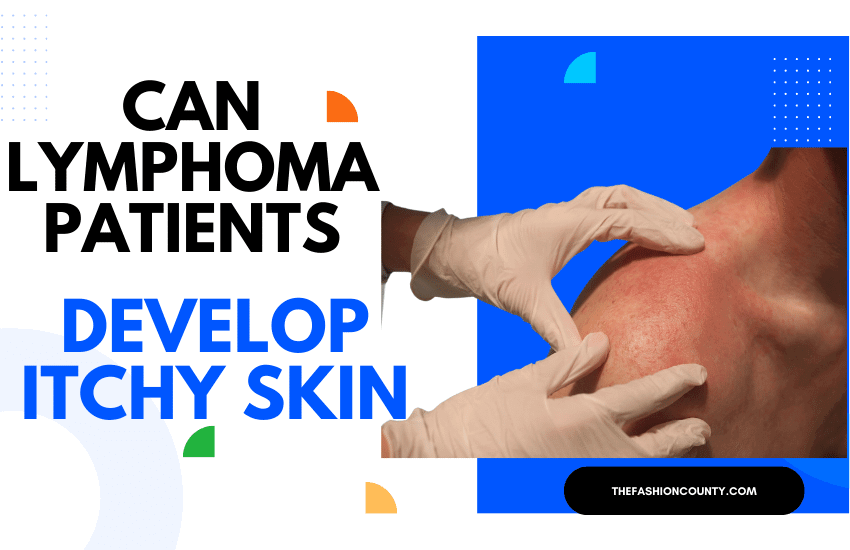Can Lymphoma Patients Develop Itchy Skin

Can Lymphoma Patients Develop Itchy Skin
Skin issues such as itchy, sore, and dry skin may be a symptom of lymphoma. They usually go away when lymphoma treatment begins.
However, skin problems can also be a side effect of this treatment and may occur during or after it. They may be worsened when you have existing skin issues like psoriasis or eczema. (Psoriasis is a skin problem that causes rashes with itchy, scaly patches. Eczema causes itchy, inflamed, and dry skin, and is common in young children but may occur in any age group.)
In this post, we discuss valuable information on itchy skin as a common lymphoma symptom and the side effects of the treatment.
Itchy Skin as a Symptom of Lymphoma and Side Effects of the Treatment
Below are a few details on itchy and dry skin as one of the key symptoms of lymphoma. Here we discuss what skin problems may arise from lymphoma treatment.
Itching is common among patients suffering from Hodgkin lymphoma. However, it is less common among most types of non-Hodgkin lymphoma except cutaneous T-cell lymphoma, a kind of lymphoma affecting the skin.
It is vital to note that itching as a lymphoma symptom may develop due to cytokines. These are types of proteins released by the immune system when the body is fighting an ailment such as lymphoma. It is assumed that these proteins cause itching by irritating skin nerves.
Can Itchy Skin Be a Side Effect of Lymphoma Treatment?
The treatments recommended for lymphoma can lead to skin irritations like rashes, itching, soreness, and redness. These may happen due to chemotherapy, stem cell transplants, and targeted cancer treatments. Skin issues may continue for a few months and in some cases even longer. So, it is vital to consult your doctor in the early stages before it becomes severe.
Here are a few skin issues you face due to different cancer treatments:
Skin Problems from Chemotherapy
Skin issues such as redness, soreness, dryness, and itching are more common with chemotherapy drugs such as methotrexate, cyclophosphamide, methotrexate, and doxorubicin. Moreover, allergic skin reactions due to chemotherapy can occur. The most common ones are tiny, red, and swollen rashes. They usually occur around 10 days after the chemotherapy, or even two to three weeks later.
Skin Issues from Radiotherapy
You may experience itchy skin in specific areas of your body where you have radiotherapy. For instance, the skin in the treatment area may become itchy, dry, and pink. If you have dark skin then it will become darker. Sometimes the skin becomes blistered, like a sunburn. This is likely to occur below the breasts, in the armpits, or around the groin.
Skin Problems from Radiation Recall
This is one of the rare side effects of radiotherapy. It leads to redness and swollen skin in the areas that get radiation. Generally, this is mild and gets cured within a few weeks. It is vital to safeguard swollen skin from the sun.
Skin Issues from Targeted Therapies for Lymphoma
Diverse targeted therapies cause skin itching, soreness, dryness, and rashes. The therapies are rituximab, ibrutinib, brentuximab vedotin, and bortezomib.
Skin Problems of ‘Donor (Allogeneic) Stem Cell Transplant’
A common side effect of this treatment is ‘graft versus host disease’ or GvHD. This may cause issues like changes in skin colour, skin hardening and thickening, raised areas of the skin, and skin tightness.
Those with lymphoma or other types of cancer require support or information, irrespective of what age group they belong to. Hopefully, this blog allows you to know the skin problems that can either be a symptom or side effect of the disease. For more details, talk to support groups to understand the diagnosis, listen to patients’ experiences, what treatments are suggested, and ways to improve the quality of your life.








